The history of braunstone
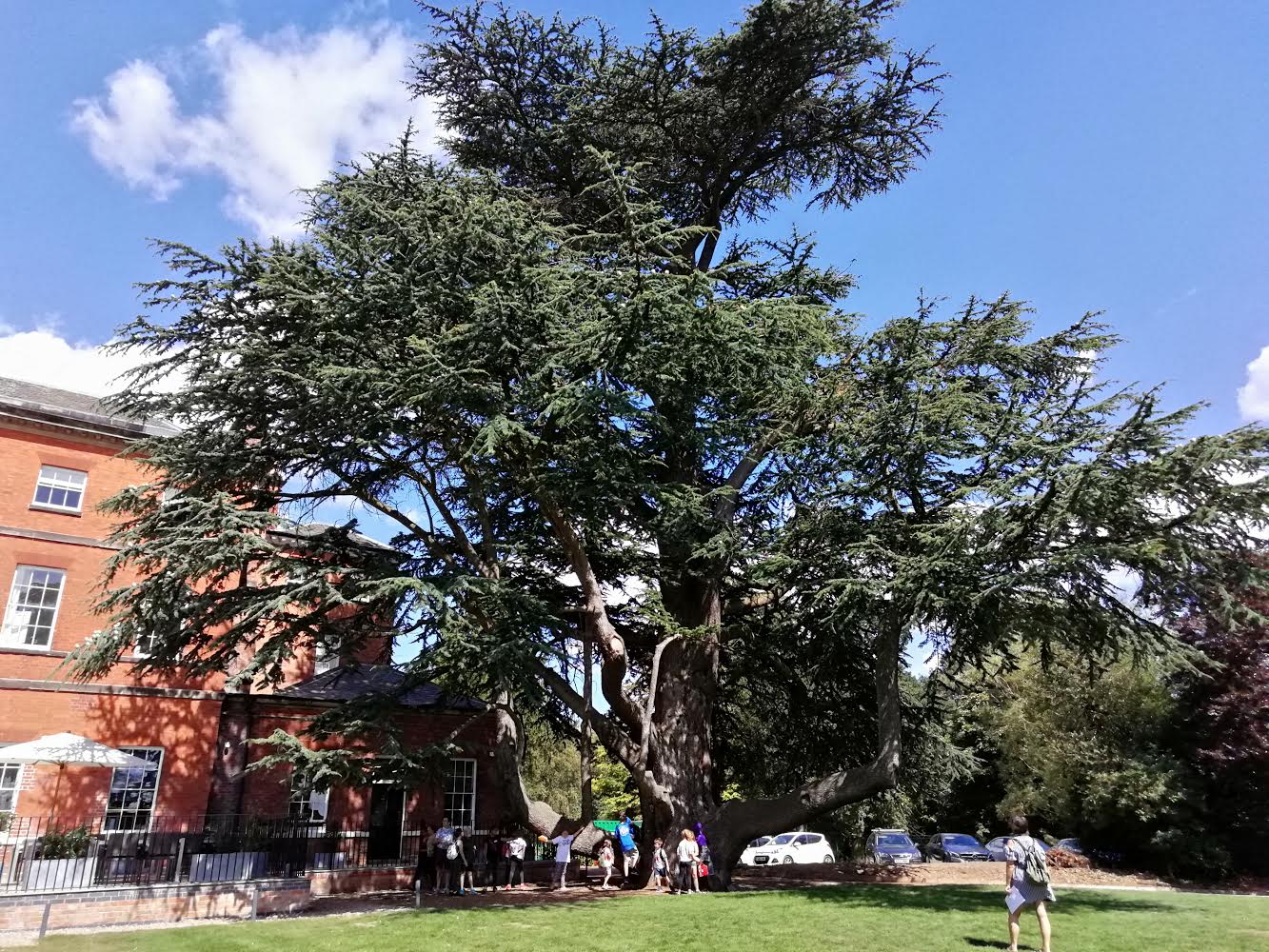
Much to everyone’s surprise Braunstone is mentioned in the Domesday Book! This was the starting point of a history tour taking us from 1086 up to the present day.

Braunstone was built after the Second World War to house returning service people and to provide much needed housing for the growing population of Leicester. Many people were living in dreadful conditions in dilapidated Victorian housing: a huge slum clearance of the centre of Leicester moved families up to new estates on the outskirts of the city like Braunstone. Braunstone folk came largely from the Wharf St part of town and brought their strong sense of community with them.
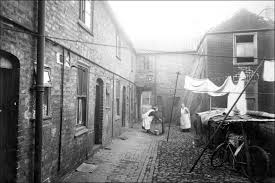
A trip down to that side of town, and to the Newark Houses Museum, began to give our group as sense of what life would have been like in post-war Leicester. Conversations with the local history group added more detail, and of course, a couple of welcome ghost stories!
What the group knew didn’t know was that Braunstone had been part of Leicester Forest, that it is documented only 20 years after William the Conqueror and the Battle of Hastings and that Winstanley Road and College are named that for good reason! The Winstanley family came to the land now known as Braunstone park in 1650, built Braunstone Hall in 1775 and planted a tree, still there today, in 1776.
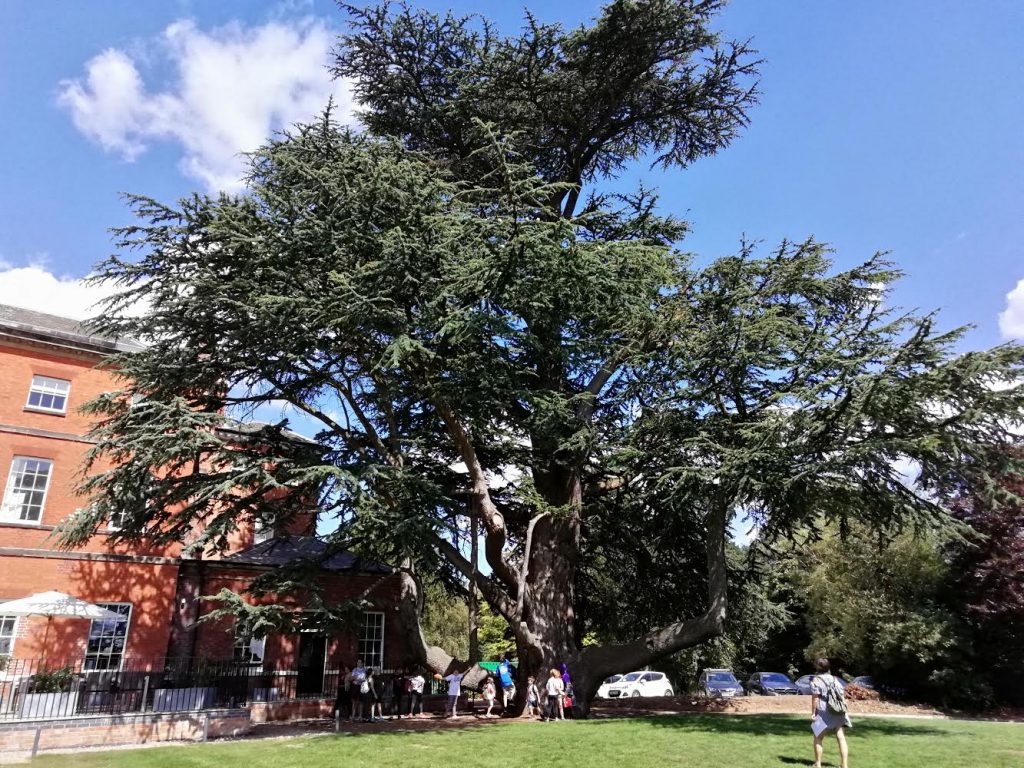
The 82nd Airborne Division were stationed on the park during the war. Many were African American and, as told by a member of the local history, there were fully accepted as everyone was fighting on the same side!
Nissen huts left behind after WW2 were used to house people until enough bricks and mortar houses were ready.
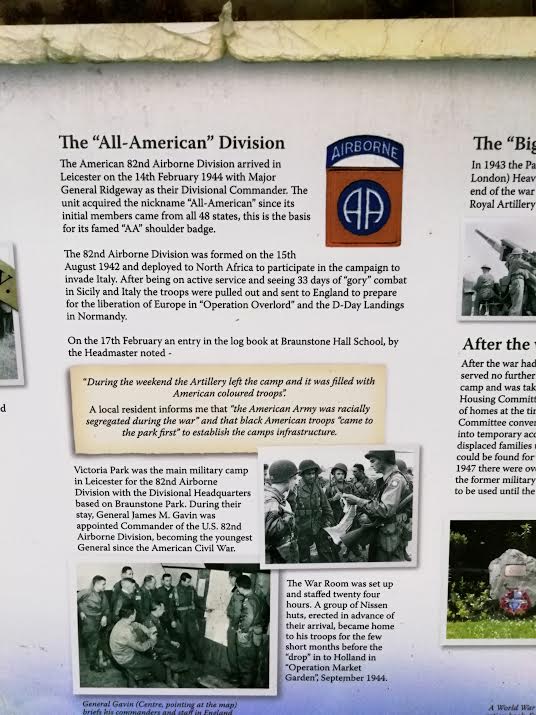
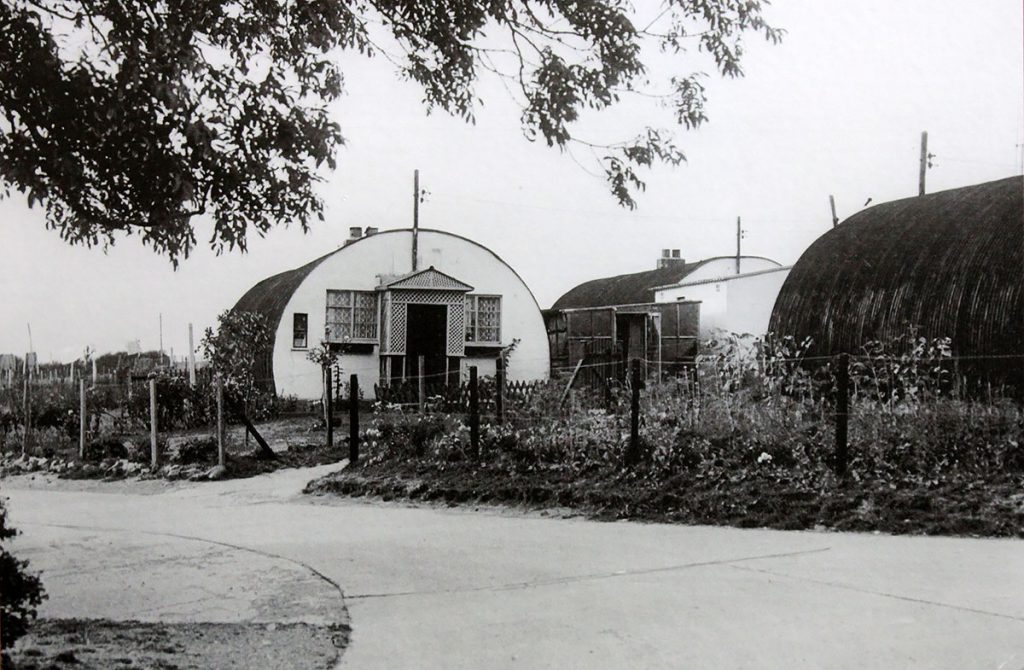
More recent history tells of a divide across the Braunstone estate, of ‘Texas and Dodge’. This divide, historically between the two halves the estate. is split approximately by the park but there were as many different views on that as people asked. Life had been very tough in Braunstone and, although the new houses were beautiful compared to where people had lived before, they were also more expensive and many struggled to pay their bills. Texas had been described as housing ‘the working poor’. “Dodging” the rent man gave rise to the name Dodge. ‘Takes us’ along time to pay the bills is one theory for the name Texas but the picture of the Wild West is much more exciting! Interestingly while a couple of young people knew the names Texas and Dodge, most didn’t and the divide mattered much less to them. Said one young mum, ‘Texas is just posh Dodge”.